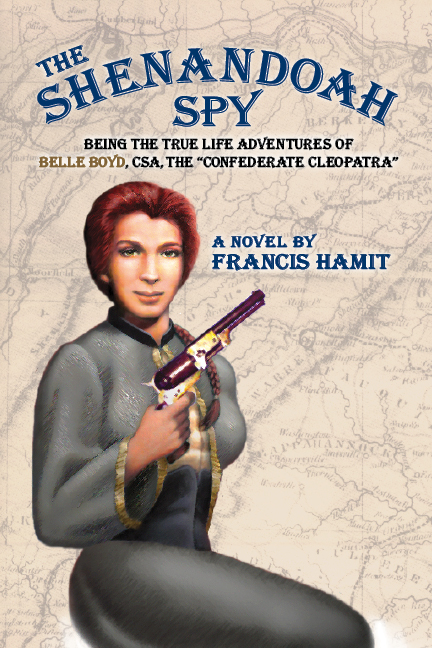
Charlize Theron, call your agent. In The Shenandoah Spy, Francis Hamit has cast into brilliant light a character from history any actress would kill to play—Belle Boyd, the first American female Army officer, who, beginning in her late teens, served as a spy for the Confederacy. A combo of tomboy and flirt, the aptly named Belle is a gun-toting, hard-riding heroine in the Howard Hawks mold, whose risky exploits ring true from start to finish, and leave the reader pleasantly musing on where fact leaves off and fiction begins.
This is no sentimental portrait: the novel is unsparing in its descriptions of the humiliations Belle endures at the hands of Union soldiers; she is suspected of being a prostitute, and in one particularly harrowing episode, has the clothes torn from her body. Equally compelling are the episodes in which Belle is captured and confined by courtly Union officers, who are appropriately impressed with her charm and Southern manners. The account of Belle’s education as a spy, with its emphasis on codes, disguise, training as an actress, and instruction in how to dismount a kneeling horse, is surefire stuff, both in the novel’s own terms and in the cinematic sense.
In its meticulous detail, its unsentimental slant on the evils of slavery, its air of authority (Hamit himself is a former intelligence officer and Vietnam veteran), its ear for regional speech (Hamit is also a playwright), The Shenandoah Spy ranks with any Civil War novel this reviewer has encountered, a book that will please the hardest-core Civil War buff and bodice-ripper fan alike, and whet the reader’s appetite for the promised future volumes of Belle’s fantastic life story.
A few quibbles: the reader becomes so invested in Belle’s adventures, her feisty, fearless persona, that a number of late-in-the-game point-of-view shifts to other characters slow somewhat the novel’s progress. So does the author’s passion for historical context, which on occasion causes the prose to give off a whiff of the library; Hamit is by no means the first writer to fall in love with his own research. But these objections pale in the context of Hamit’s overall achievement, which is to bring to hopefully wide attention the life of one of America’s true feminist heroines.
Get an Editorial Review | Get Amazon Sales & Reviews | Get Edited | Get Beta Readers | Enter the SPR Book Awards | Other Marketing Services



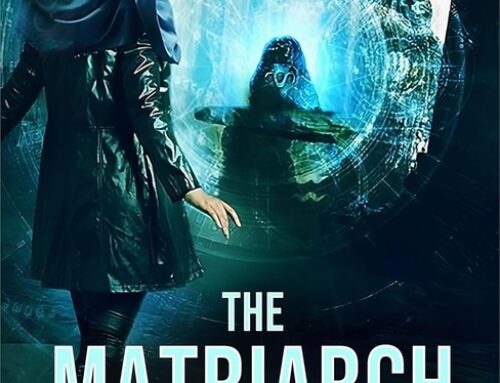
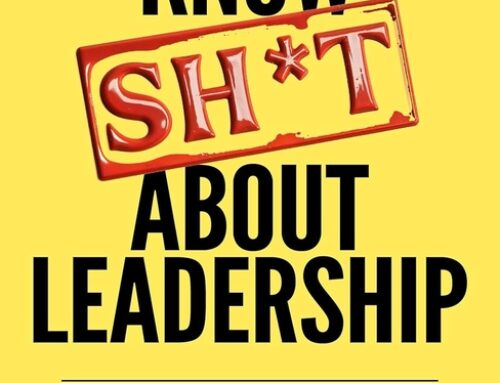

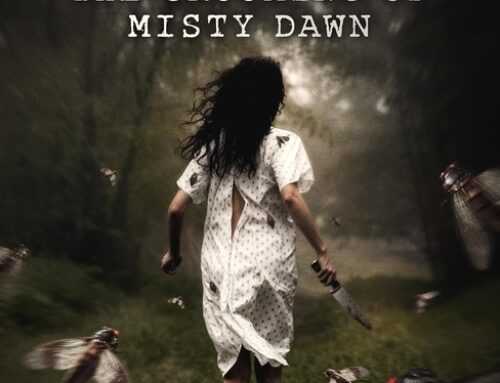
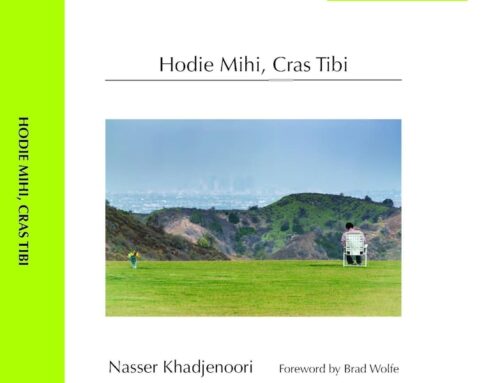
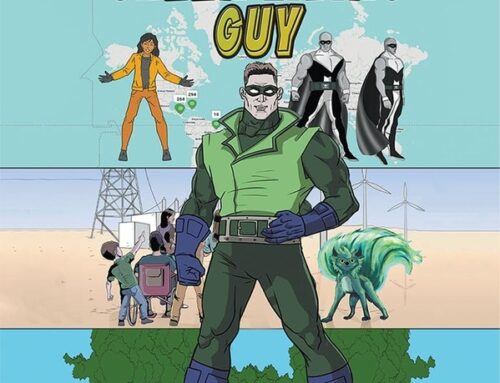
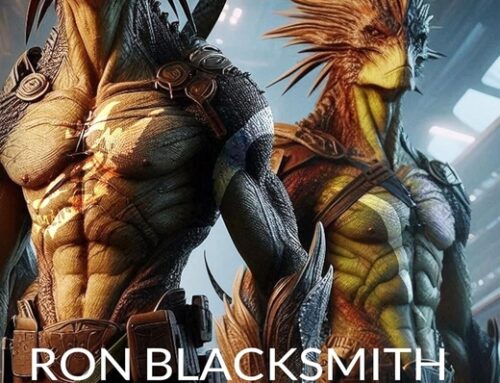

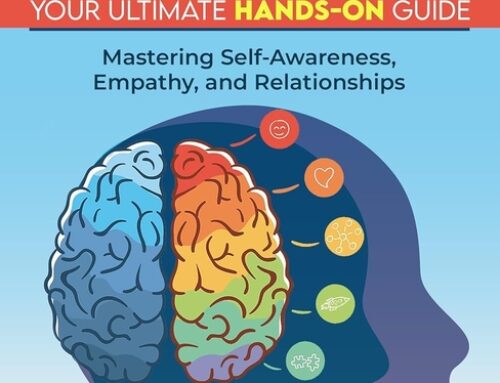

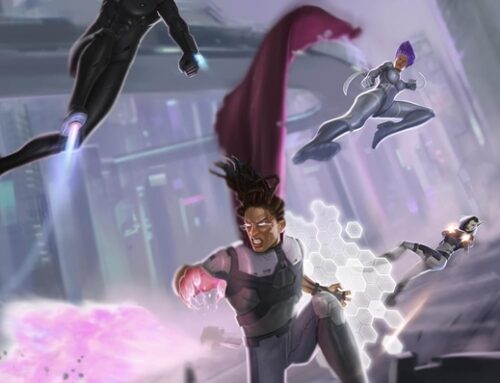








Leave A Comment